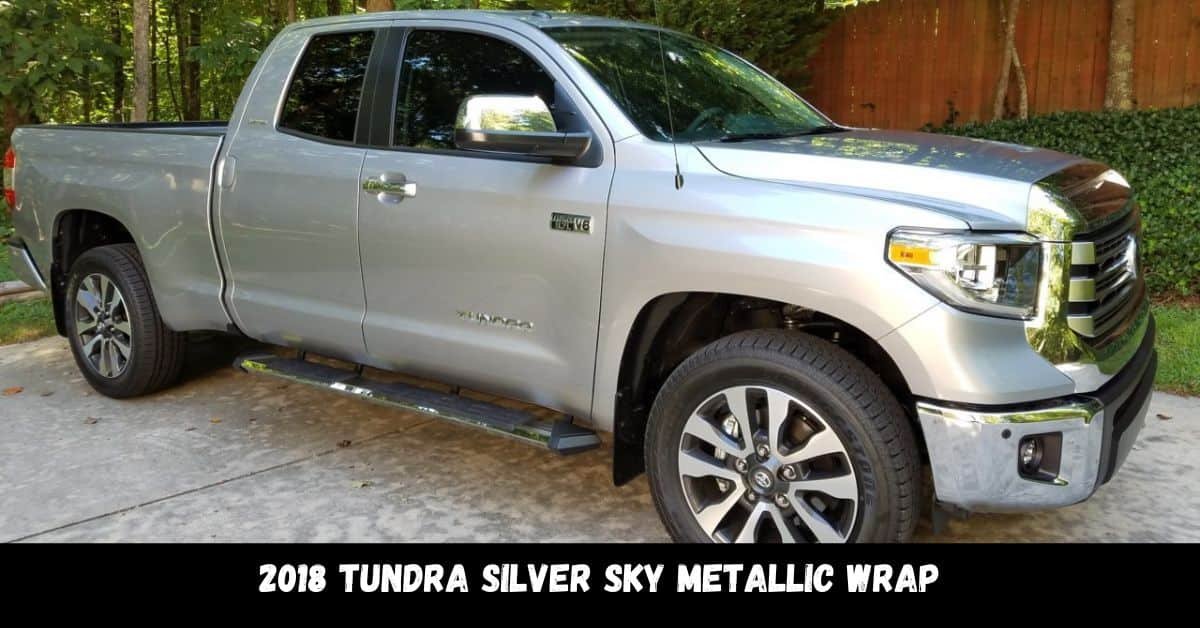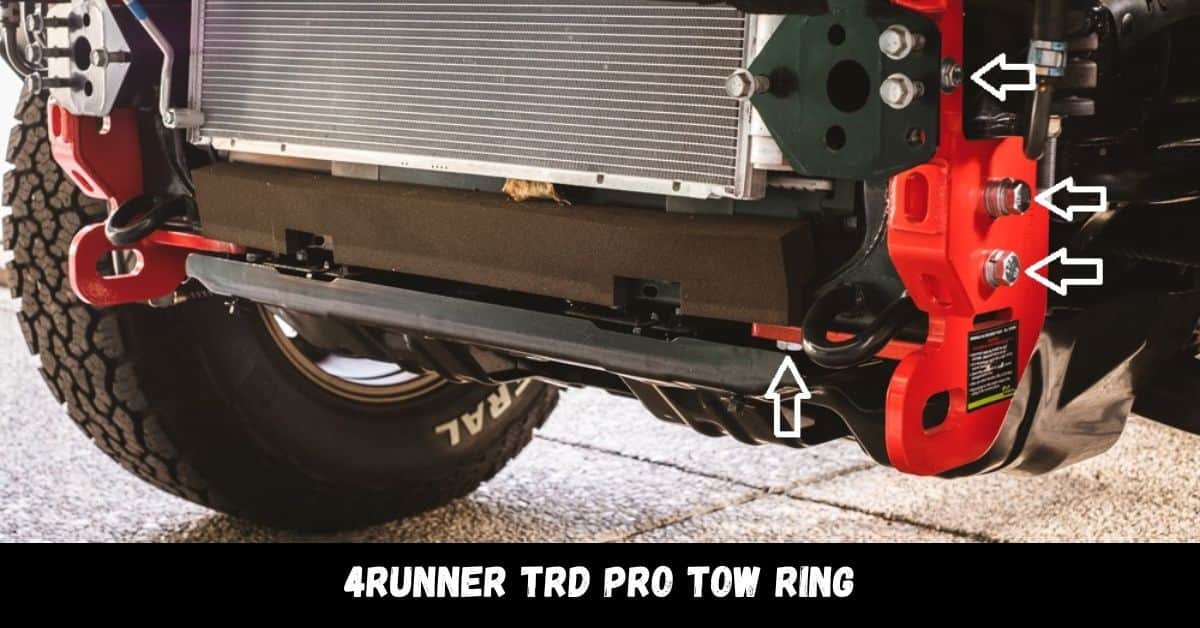The 2024 4Runner TRD Off Road Premium Ice Cap is a robust midsize SUV designed for versatility. With a sturdy frame and a high ground clearance, it’s built for both daily driving and off-road adventures. The model features an eye-catching Ice Cap color, a crisp white hue that stands out, giving it a modern and stylish appearance.
When Was The 2024 4runner Trd Off-Road Premium Ice Cap Released?
The 2024 4Runner was unveiled in early 2023, with availability in dealerships starting in late 2023. This aligns with Toyota’s annual model release schedule, allowing customers to explore and test-drive the latest features and updates.
Why Choose The Trd Off-Road Premium Ice Cap?
The TRD Off-Road Premium trim is perfect for those who want a combination of style and functionality. It provides enhanced off-road capabilities, including better suspension and traction control. This model is designed for adventurous drivers and families who need a spacious and safe vehicle for various activities. The Ice Cap color adds a unique touch that appeals to many buyers.
How Does The 2024 4runner Perform Off-Road?
The 2024 4Runner excels in off-road conditions, thanks to its 4WD system and advanced features. It includes hill descent control, which helps maintain a steady speed on steep descents, and multi-terrain selection, allowing drivers to choose settings for different surfaces like mud or rocks. With a powerful 4.0-liter V6 engine, it delivers 270 horsepower, ensuring it can tackle challenging terrains with ease.
Which Features Enhance The Driving Experience?
Leather-trimmed seating:
This adds a touch of luxury and ensures comfort for both the driver and passengers on long journeys, providing good support and a stylish look.
7-inch touchscreen:
The touchscreen is user-friendly, making it easy to access navigation, music, and vehicle settings. It simplifies driving by allowing quick adjustments without distraction.
Advanced safety systems:
Features like blind-spot monitoring help drivers stay aware of their surroundings, while rear cross-traffic alert warns of approaching vehicles when reversing. Together, these systems enhance overall safety, allowing for a more confident and relaxed driving experience.
Climate control:
Dual-zone automatic climate control ensures everyone stays comfortable by allowing different temperature settings for the driver and front passenger.
Quality audio system:
A premium audio system offers crystal-clear sound for music lovers, making drives more enjoyable.
What Are The Safety Features Of The 2024 4runner?
Safety is a priority in the 2024 4Runner, which comes with several important features:
- Lane departure alert: Helps keep the vehicle centered in its lane.
- Automatic emergency braking: Detects potential collisions and can apply brakes if necessary.
- Child seat anchors: Ensure that little ones can be safely secured. These features contribute to high safety ratings and make the vehicle a great choice for families.
When To Consider Purchasing The 2024 4runner Trd Off-Road Premium?
The 2024 4Runner TRD Off-Road Premium is ideal for those who frequently go off-road, enjoy outdoor activities, or need a reliable vehicle for family trips. If you are looking for a durable SUV that can handle both daily commutes and adventurous outings, this model is a strong contender. Consider buying during seasonal sales or special promotions for better deals.
How does the pricing compare to similar models?
With a starting price of around $46,835, the 2024 4Runner is competitively priced among midsize SUVs. While some alternatives may be less expensive, they often lack the same off-road capabilities or spacious interiors. The 4Runner provides good value for its features, making it a popular choice among off-road enthusiasts.
What are the color options available?
In addition to the striking Ice Cap, the 2024 4Runner is available in several other colors, including:
- Midnight Black Metallic
- Super White
- Lunar Rock These options allow buyers to customize their vehicle to match their personal style and preferences.
Which technology and entertainment options are included?
The 2024 4Runner is equipped with a range of modern technology features that enhance the driving experience. In addition to the 7-inch touchscreen for infotainment control, it offers six-speaker audio for clear sound quality, making every journey enjoyable.
The system also includes navigation capabilities to help drivers find their way easily. For added convenience, the 4Runner features USB ports for charging devices and voice recognition to control settings without taking your hands off the wheel. These enhancements ensure a connected and enjoyable ride for everyone.
Frequently Asked Questions:
What is the warranty coverage for the 2024 4Runner?
The 2024 4Runner typically comes with a 3-year/36,000-mile basic warranty and a 5-year/60,000-mile powertrain warranty.
Is the 2024 4Runner fuel-efficient?
The 2024 4Runner has an estimated fuel economy of 16 MPG in the city and 19 MPG on the highway.
What is the cargo space like in the 2024 4Runner?
The 4Runner offers about 47.2 cubic feet of cargo space with the rear seats up and 89.7 cubic feet with the seats folded down.
Can you tow with the 2024 4Runner?
Yes, the 2024 4Runner can tow up to 5,000 pounds, making it suitable for trailers and small boats.
Does the 4Runner have off-road packages?
The TRD Off-Road Premium comes with off-road features, including skid plates and an upgraded suspension for better performance on tough terrains.
What are the interior color options available?
The interior typically offers options like black leather or gray leather, enhancing the overall aesthetic.
Does the 2024 4Runner have a sunroof option?
Yes, a power moonroof is available as an option, adding an open-air feel to the cabin.
Are there any special features for off-road driving?
Yes, it includes features like crawl control, which helps maintain steady speed over challenging surfaces.
What kind of tires does the 2024 4Runner come with?
The 2024 4Runner is equipped with all-terrain tires designed for better grip and durability on various surfaces.
Is the 2024 4Runner available with a third-row seat?
The 4Runner does not offer a third-row seat; it focuses on two rows to maximize cargo space and off-road capability.
Conclusion:
The 2024 4Runner TRD Off-Road Premium Ice Cap is a fantastic choice for those who seek adventure without compromising on style or comfort. With its impressive off-road capabilities, spacious interior, and modern technology, this SUV is built for both everyday driving and rugged terrain. Its unique Ice Cap color adds a fresh touch, making it stand out on the road. Whether you’re exploring trails or commuting, the 2024 4Runner delivers a reliable and enjoyable experience. Consider it for your next vehicle!







